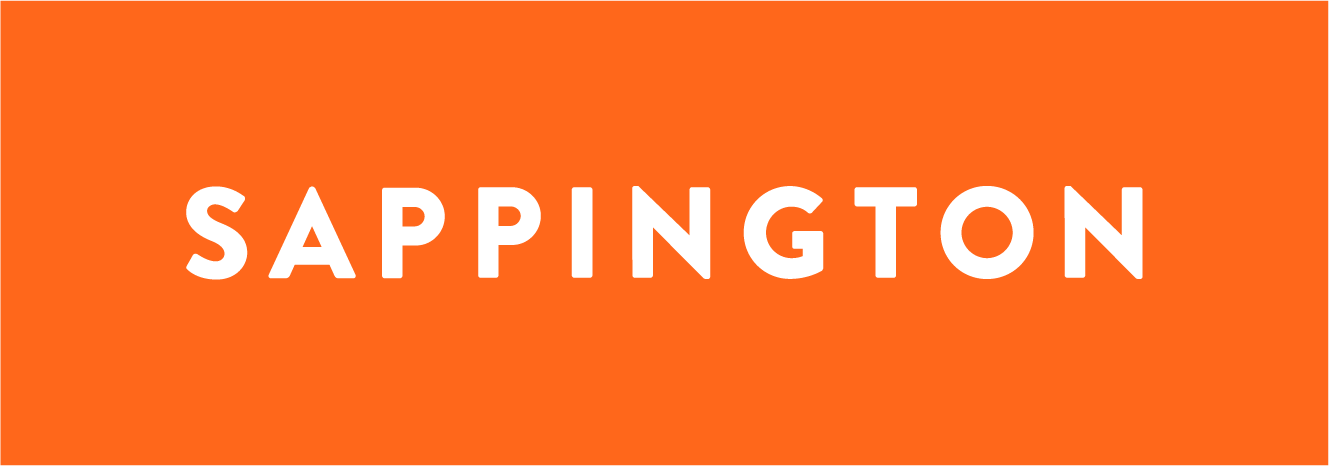The Discipline of Diversity & Inclusion | Profile of GeriAnn Baptista
Spotlight on the Strategic D&I Brand and Communications Counsel at Microsoft
Diversity & Inclusion, or D&I, has received a lot of attention of late and is quickly becoming a high priority for corporations. But many organizations tend to neglect the “I” part—inclusion—according to GeriAnn Baptista, Microsoft Strategic D&I Brand and Communications Counsel.
Diversity focuses on who is represented, and that’s important. But inclusion focuses on how people feel, and it often gets lost. “Do you feel that you are being engaged, included? That you are valued and can meaningfully contribute to the work of the business?” she asks.
At Microsoft, Baptista’s mission is to strengthen both diversity and inclusion across the company by shaping communications around those values and helping Microsoft serve as a resource to the larger world. “Language is my tool for highlighting the importance of the human factor in diversity and inclusion work,” Baptista says. “Especially in organizations committed to innovation and productivity.”
A diverse background
Baptista’s work in D&I springs from a lifelong interest. Raised in Hawaii, the child of Filipino immigrants, she grew up appreciating the deep diversity of her community. “I was hyperaware of the impact and benefit of different cultures and points of view coming together and affecting things like language and behavior,” she says.
“Diversity focuses on who is represented, and that’s important. But inclusion focuses on how people feel and it often get’s lost.”
She began her career in broadcast journalism, but then pivoted to law and spent 12 years as a litigator, mainly focused on employment discrimination cases. She was just starting to practice as an attorney when the Americans with Disabilities Act and other landmark civil rights laws were passed, which had a big impact on her career trajectory.
“In that practice, I became highly attuned to the power of words and actions, both on an individual and on a systemic basis, on an employee's experience and feelings toward their employer, as well as the impact on their sense of self,” she says.
Baptista pivoted again when she started raising a family, moving on to public relations and strategic communications and eventually leading to her current position with Microsoft. In this role, she works to align positioning, mitigate risk, and strengthen presence around D&I initiatives across the company.
“The importance of words and actions,” she explains, “has really become the body of my work.” She shapes Microsoft’s D&I editorial style and tone to ensure sensitivity; serves as a companywide D&I resource to communicators and marketers; and partners with other company experts to ensure that all of their D&I efforts and communications build on one another.
Spreading the word
Baptista has spearheaded the production of Microsoft’s annual Global D&I Report from its inception in 2019, when it was conceived by Microsoft Chief Diversity Officer Lindsay-Rae McIntyre. The report tells the story of Microsoft’s D&I journey—not just the numbers, but where the company has been, what it’s doing now, and where it’s headed.
The report also helps to foster awareness. Although Microsoft has been working on D&I for decades, many people both inside and outside of the company simply didn’t know about these efforts. The report serves to broaden understanding of D&I and offer greater context on what it takes to move the numbers on diversity.
Baptista readily acknowledges that D&I is always a work in progress for any organization, including Microsoft. But she considers the company’s D&I report a successful step forward. It’s been very well received both inside and outside the company, and it’s now often used as a resource and reference for D&I data and concepts.
“I've been surprised at the many different ways our report has been used—in our centers of excellence, within HR, for recruiting and onboarding new employees, in our relationships with external and nonprofit organizations,” she says. “I love it when I'm in a meeting and an employee asks a D&I-related question and someone who is not me cites the D&I report.”
Driving improvement through data
Most crucially, the report serves as a very public tracker for the company’s progress on its commitments, efforts, and results to spur action. In the latest D&I report, for example, Microsoft notes that there is still work to do in including certain communities in the company’s U.S. workforce, such as improving representation across all levels and roles. These data inform actions such as strengthening intentional career planning and talent development efforts on the path to senior leadership.
“Allyship is huge example of how you put inclusion into action in your day-to-day, on either an individual level or on a systematic scale.”
According to Baptista, gathering and analyzing data for the report can offer new insights. For example, while overall numbers indicate progress for all groups within Microsoft, breaking them down by levels in the organization showed that there can be improvement at the middle level. “The data show us where we’re progressing and where we're not,” she says, “and that informs our action. That's the most important thing.”
Producing the report is a massive effort that takes around six months to put together. Baptista worked with Sappington to create the 2020 report amid a global pandemic and a heightened focus on diversity and social justice issues—"Big things that highlighted inequality and how D&I shows up in our lives outside of work,” Baptista says.
Apart from the internal commitments Microsoft has made to its employees during the pandemic, the 2020 report also includes details on major public commitments that Microsoft has made to address racial injustice. And it contains many stories from Microsoft employees who felt inspired to share their own experiences after they saw the first report in 2019.
Defining and cultivating allyship
The latest report also explores Microsoft’s renewed focus on allyship, which the company sees as key to D&I. Microsoft launched its Allyship at Microsoft program in July 2019 in order to establish shared language around allyship and take a growth mindset approach to D&I.
Drawing attention to allyship in the report helps Baptista accomplish the Global Diversity & Inclusion team’s communication goal to create common understanding. “The program helps make sure that people understand what we're talking about when we say ‘ally’ and ‘allyship,’ and what we ought to expect of each other,” she says. “Allyship is a huge example of how you put inclusion into action in your day-to-day, on either an individual level or on a systemic scale.”
Defining and cultivating allyship
While the events of the past year have brought diversity issues to the forefront, technology enterprises have long had good reasons to focus on D&I. First of all, says Baptista, “Innovation is sparked by diversity of thought, approach, and experience.”
In a competitive technology talent market, diversity can make a real difference in recruiting: 64 percent of people say that diversity and inclusion would significantly impact their decision on where to work, according to Hired’s Annual Global Brand Health Report. And with the current scrutiny surrounding these issues, companies ignore them at their peril.
But beyond the business case is a human case. “One of the things I’ve learned while working on D&I is that, according to neuroscientists, the brain processes feelings of exclusion in the same way that it processes physical pain,” Baptista says. “What that means is that when people feel they're being excluded, they get defensive, they're not very collaborative, they don't engage very well socially, and they're not very productive. From a business point of view, that’s a disengaged workforce. But at the personal level, I have to wonder why you would want anyone to experience what is equivalent to physical pain that causes them to not be at their best.”
“On a personal level, I fundamentally believe that we all benefit from integrating many different experiences and perspectives in our work and our daily lives.”
One of the barriers that many people and organizations face is the idea that D&I only benefits some people, an idea Baptista strongly contests. “On a personal level, I fundamentally believe that we all benefit from integrating many different experiences and perspectives in our work and our daily lives,” she says.
For Baptista, D&I is a practice that can carry over into every aspect of life in a positive way, not just at work. She is driven by the opportunity to constantly learn and improve—a growth mindset—and hopes to continue to make a difference. “It's a balance of being able to build on what I've done before, but always having a place to grow,” she says.
Ultimately, D&I is about people, and that reality must be central to the work. “Diversity and inclusion is really about how we engage with each other as human beings,” Baptista says. “It's not a workplace issue. It's a human issue.”





